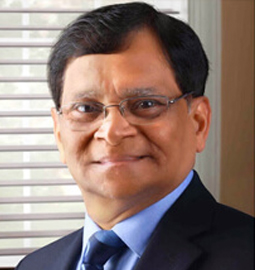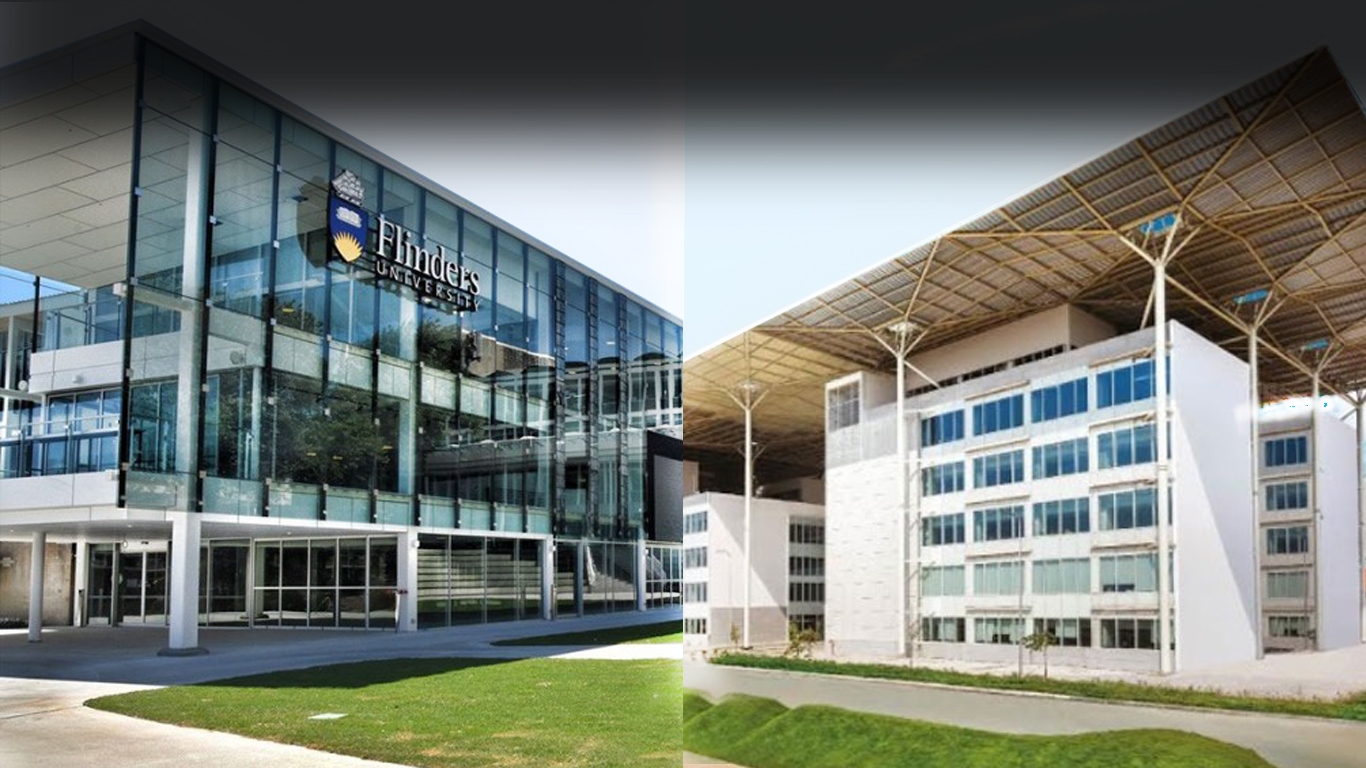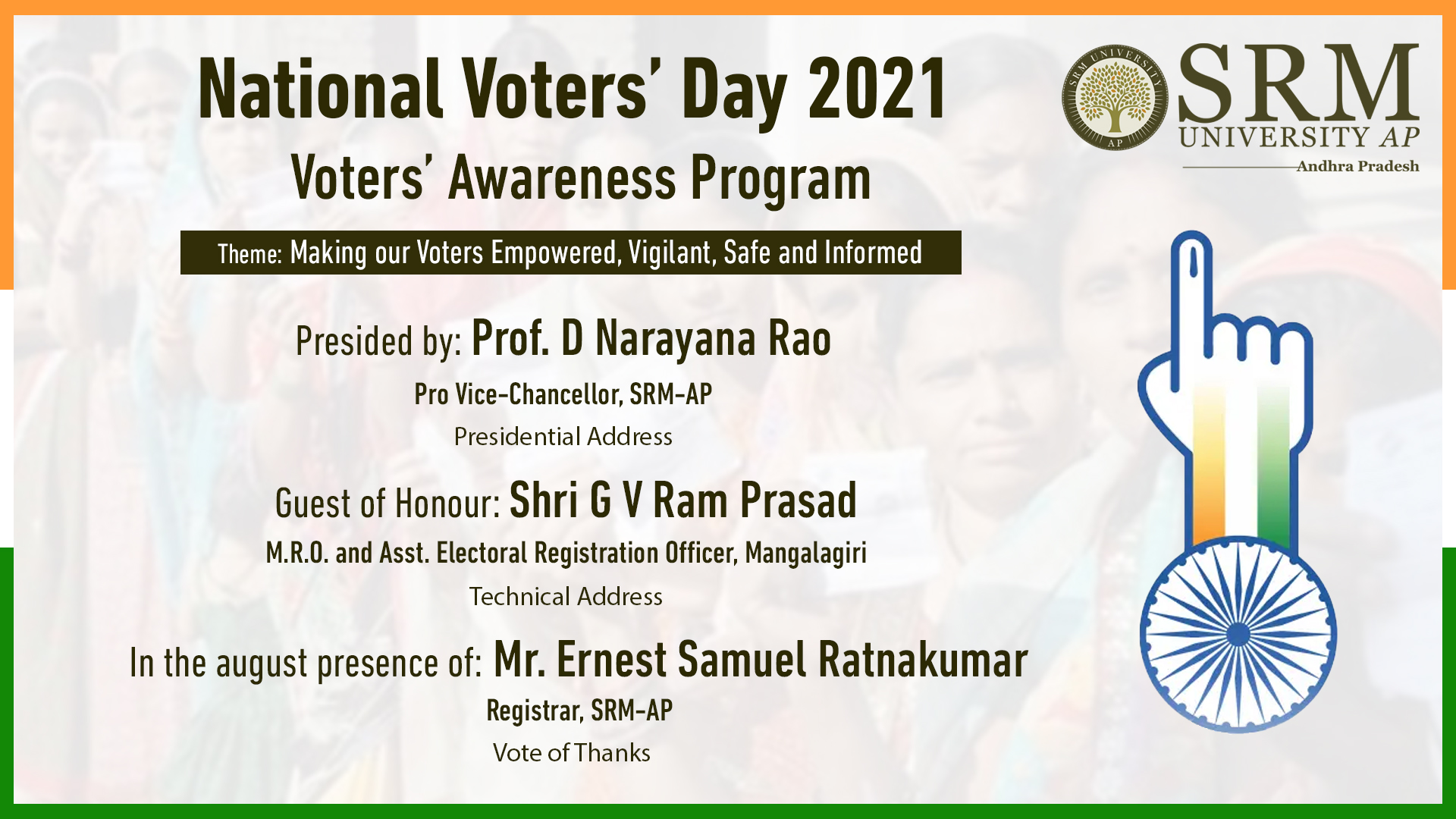Students of SRM AP gleam the brightest in Noel’ 20
 SRMIST Kattankulathur organized an extravagant event to celebrate Christmas 2020. Among all the universities under the umbrella of SRM group, talented students of SRM University AP, Andhra Pradesh gleamed the brightest. As part of the “NOEL’20” competitions, solo Carol Singers performed phenomenally and set the mood for the merrymaking. Sanjana Vadapalli, Department of Psychology, SRM AP, stunned the panel of judges with her spirited singing and bagged the first prize. Further, Bismark Razak Haruna, Department of Mechanical Engineering, SRM AP, sang delightful carols and secured 2nd place in the contest. While bidding adieu to the year, the students of SRM AP added another feather to their crown. Bismark illustrates, “SRM AP empowers us to pursue our passion and aspirations. Also, the clubs and societies sharpen our skills, encourages us to practice regularly, and participate in many contests enhancing our confidence.”
SRMIST Kattankulathur organized an extravagant event to celebrate Christmas 2020. Among all the universities under the umbrella of SRM group, talented students of SRM University AP, Andhra Pradesh gleamed the brightest. As part of the “NOEL’20” competitions, solo Carol Singers performed phenomenally and set the mood for the merrymaking. Sanjana Vadapalli, Department of Psychology, SRM AP, stunned the panel of judges with her spirited singing and bagged the first prize. Further, Bismark Razak Haruna, Department of Mechanical Engineering, SRM AP, sang delightful carols and secured 2nd place in the contest. While bidding adieu to the year, the students of SRM AP added another feather to their crown. Bismark illustrates, “SRM AP empowers us to pursue our passion and aspirations. Also, the clubs and societies sharpen our skills, encourages us to practice regularly, and participate in many contests enhancing our confidence.”
- Published in News
National Youth Day: Commemorating Swami Vivekananda and contributing towards the Making of a Nation
 Since 1984, India celebrates National Youth Day on January 12. This date was chosen to honour the birthday of Swami Vivekananda, one of India’s greatest spiritual and social leaders and to encourage the youth in the country. He saw promise for the future in every child and believed that with “muscles of iron” and “nerves of steel” they could bring about the social change required for the sustainable growth of this great country. Swami Vivekananda himself personified the eternal energy of the youth and a restless quest for truth. In a country like India, where almost 50 per cent of its population is under the age of 25, making celebrations that empower young people is essential because the country’s future rides on their shoulders.
Since 1984, India celebrates National Youth Day on January 12. This date was chosen to honour the birthday of Swami Vivekananda, one of India’s greatest spiritual and social leaders and to encourage the youth in the country. He saw promise for the future in every child and believed that with “muscles of iron” and “nerves of steel” they could bring about the social change required for the sustainable growth of this great country. Swami Vivekananda himself personified the eternal energy of the youth and a restless quest for truth. In a country like India, where almost 50 per cent of its population is under the age of 25, making celebrations that empower young people is essential because the country’s future rides on their shoulders.
Swami Vivekananda was a Hindu monk from India, who shook the world with his knowledge, wisdom, positivity and affection. He played a significant role in the development of Indian nationalism during the 19th and 20th century. His teachings and philosophy made the people rethink various aspects of education, faith, character building, as well as social issues pertaining to India.
According to Swami Vivekananda, a country’s future depends on its people.” Vivekananda believed education is the manifestation of perfection already in men. He thought it a pity that the existing education system did not enable a person to stand on his own feet, nor did it teach him self-confidence and self-respect. To Vivekananda, education was not only a collection of information but something more meaningful; he felt education should be man-making, life-giving and character-building. To him, education was an assimilation of noble ideas. He also told the youth- Set yourselves to the task of spreading education among the masses.
SRM University-AP, Andhra Pradesh, a multi-stream research-intensive university, came into being with a vision of making nation builders. SRMAP has always put its students first. That is the reason the students have come up with transformative ideas and challenging developments. The students of SRMAP is globally recognised for their intellect and brilliance. During the COVID-19 wars, our student developed cost-effective face-shield to support his nation. The applications developed by our students for various societal well-being are recognised worldwide and celebrated with prizes and accolades. The budding entrepreneurs of SRMAP have founded a start-up- OurEye.ai, which enhances surveillance by enabling CCTV cameras to produce actionable insights using AI-ML technology. The nascent university also has a student who holds a Guinness World Record for art and creativity.
Furthermore, not only students but also the young faculty members of SRMAP are very enthusiastic about making a change for good for their nation. Our faculty and students have published 350+ papers in reputed journals in two years along with 27 funded projects and 16 patents. Our young faculty is recognised among the world’s top 2% biotechnologists. The tool developed by our faculty engineer is being used and applauded by senior NASA scientists.
Following the path as shown by Swami Vivekananda, SRM University-AP sets on a voyage to Channelising Youth Power for Nation Building. The university focuses on the overall growth of the students as advocated by Swamiji. SRMAP inspires students to follow their dreams and prepares them to be able enough to live their dream. The passion and dedication of its faculty members are touching the lives of the students. The nascent university has just begun its journey and will not stop until we meet our goal to make India greatest of all. We are confident that with the right mindset and guidance, India will again retrieve its former glory and SRM University-AP aims to be a proud contributor in the process.
- Published in VC News
Enriching pedagogy
SRM AP signs MoU with Flinders University to propagate quality education and research
 SRM University AP, Andhra Pradesh announces the signing of Memorandum of Understanding (MoU) with Flinders University, Australia to foster knowledge creation, skill enhancement, and advancement of industry association. Flinders University, established in 1966, has over 25,000 students and over 2,500 academic and professional staff who promotes an incredible teaching and research ethos. These two universities of global repute purposes to share knowledge, competencies, expertise, and industry partners for their reciprocal benefit. The establishment of a framework for collaboration will enable the enrichment of pedagogy and research to support the propagation of quality education and scientific pursuits.
SRM University AP, Andhra Pradesh announces the signing of Memorandum of Understanding (MoU) with Flinders University, Australia to foster knowledge creation, skill enhancement, and advancement of industry association. Flinders University, established in 1966, has over 25,000 students and over 2,500 academic and professional staff who promotes an incredible teaching and research ethos. These two universities of global repute purposes to share knowledge, competencies, expertise, and industry partners for their reciprocal benefit. The establishment of a framework for collaboration will enable the enrichment of pedagogy and research to support the propagation of quality education and scientific pursuits.
Exchange of students and participation in student mobility schemes, exchange of faculty members, joint research activities and training, exchange of materials, information and publications, and cooperation in common academic fields are the key driving influences enhancing the collaboration between SRM AP and Flinders University. The alliance is believed to commence opportunities for the students and faculty of SRM AP pertaining to visits, internships, and research collaboration.
- Published in Collaborations, News
National Voters’ Day
Awareness Programme at SRM University-AP to ensure participation in the electoral process
 SRM University-AP organised a Voter Awareness Programme on National Voters’ Day to inspire voters to enhance their participation in the electoral process. National Voters’ Day is observed every year on January 25 to spread awareness among the voters. Guest of Honour, Shri G V Ram Prasad, M.R.O. and Assistant Electoral Registration Officer-Mangalagiri explained why it is crucial for people in a democracy like India to take part in the Electoral Process. Prof D Narayana Rao, Pro-Vice-Chancellor, Mr Ernest Samuel Ratnakumar, Registrar attended the event along with the faculty and staffs of SRM University- AP.
SRM University-AP organised a Voter Awareness Programme on National Voters’ Day to inspire voters to enhance their participation in the electoral process. National Voters’ Day is observed every year on January 25 to spread awareness among the voters. Guest of Honour, Shri G V Ram Prasad, M.R.O. and Assistant Electoral Registration Officer-Mangalagiri explained why it is crucial for people in a democracy like India to take part in the Electoral Process. Prof D Narayana Rao, Pro-Vice-Chancellor, Mr Ernest Samuel Ratnakumar, Registrar attended the event along with the faculty and staffs of SRM University- AP.
In his presidential address, Prof D N Rao explained why we have this need to celebrate National Voters’ Day. The main objective of the Voters’ Day is to ensure the facilitation of new voters and encourage their participation into casting votes. To understand this power of Democracy, one must be aware of this nation’s history. The journey from Monarchy to Democracy was arduous. In previous days, to change one’s king or leader, the people have to go through a violent process such as revolt or execution of the king. Now the process is much easier. One only needs to cast his vote to the person he prefers. In this way, only those who are chosen by the people of the country will be elected to run the nation. Therefore, it is essential to cast one’s vote. Votes are the voices of people in a democracy. In the absence of votes, the nation might not get the leaders it needs.
Shri Ram Prasad further added that the Voters’ Day was initiated by Mrs Pratibha Patil, former President of India, on the 61st foundation day of Election Commission. He said, “It is unfortunate to note that, in this largest Democracy of the world, only 50-60% of the votes are being cast in an average. It clearly shows that many people of this great country still unaware of the great power that Democracy provides them. The concept of celebrating Voters’ day came into being with this goal to make these people understand their power in deciding the nation’s future. He also informed that this year, the Government of India has agreed to launch e-EPIC card for voters’ benefit. e-EPIC is a portable document format(PDF) version of the EPIC which can be downloaded on mobile or in a self-printable form on the computer. A voter can thus store the card on his/her mobile, upload it on Digi locker or print it and self-laminate it. This is in addition to PCV EPIC being issued for fresh registration. Mr Earnest Samuel concluded reminding the audience that in or after 1947, several countries got their independence. But none carries a legacy as ours. It is each and every one of our duty to carry forward this legacy so that India can be Democratic in its true notion.
- Published in News

